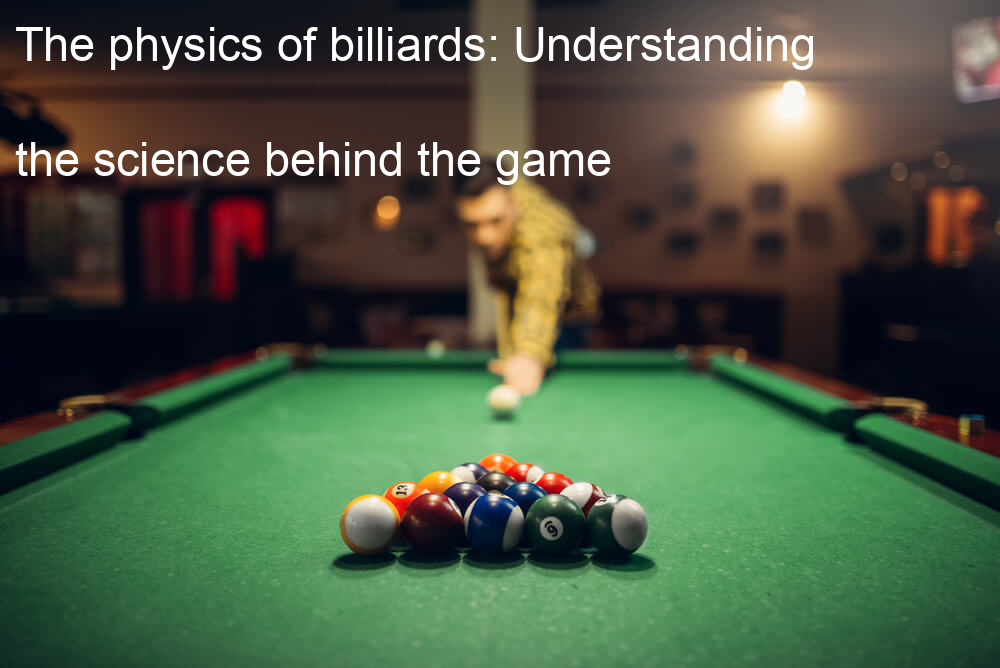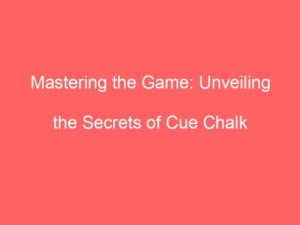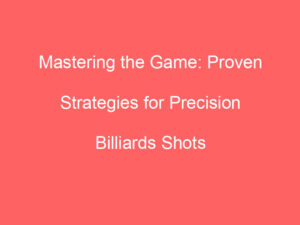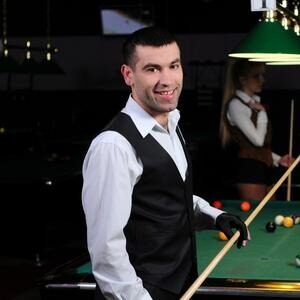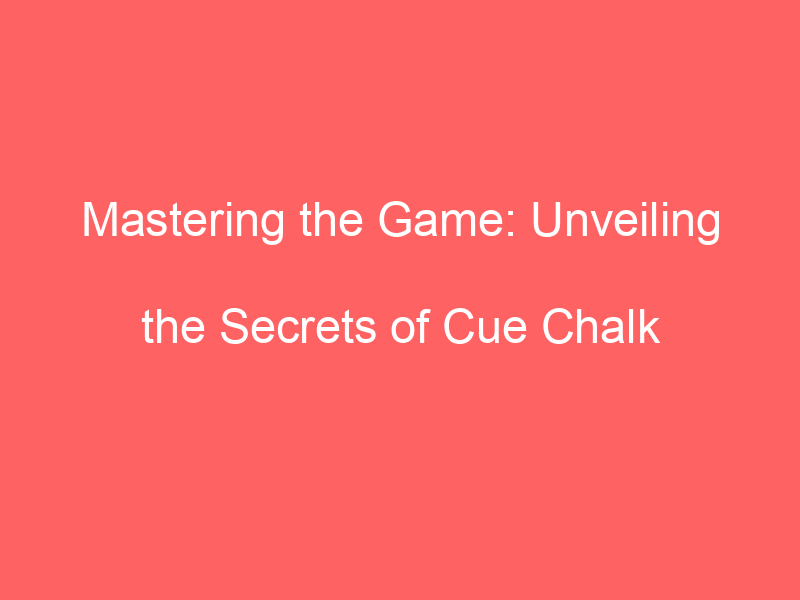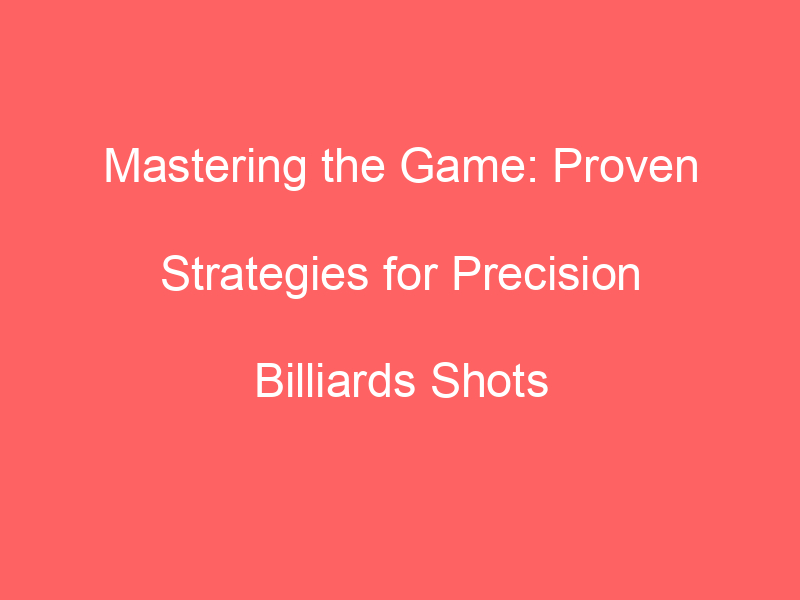Whether you’re a seasoned player or just getting started, understanding the physics of billiards can help you up your game. From the pool to snooker and beyond, the science behind the sport is fascinating – and can give you a real advantage on the table.
Read on to learn more about the physics of billiards!
What is the science behind playing pool?
Playing pool might look like an intuitive sport, but there is a wealth of science behind it. The direction and power of your shot can determine the trajectory, speed, and spin of the ball—all factors that affect where the balls end up on the table. Making consistent shots requires knowledge of physics principles like force, momentum, and torque.
You must visualize how all the various elements will interact to succeed at a game of pool. There is an element of strategy at play as well – a successful player does not just aim towards pockets; instead, they calculate precisely where each ball needs to end up for their next shot to be successful. The combination of experience and physics theory means there’s more to playing pool than meets the eye.
Is billiards physics or geometry?
Billiards is an exciting game that requires great skill and knowledge of physics and geometry. The laws of motion as well as the angles of each shot have to be taken into consideration for one to succeed in billiards. It involves a lot of trigonometry, which makes it closer to geometry than physics. However, the way balls move around the table is governed by physics principles like the conservation of momentum and energy.
So whether you call billiards a game of physics or geometry, there’s no denying its complexity and fascinating nature!
What law of motion is billiard?
The law of motion at work when playing billiards is Newton’s third law, which says that for every action, there is an equal and opposite reaction.
This means that whenever the billiard cue strikes one of the balls, it will react by rolling away in the opposite direction with equal force as was applied — so if you hit gently, the ball will only move a little bit, but if you hit hard, it’ll zoom across the table faster. Of course, this law also applies to other objects being struck by something else too – after all, it all comes down to basic physics!
What is the math behind billiards?
You may think that shooting pool is just a game of skill, but it turns out there’s some math involved too! Billiards engages principles of geometry and physics to illustrate the path of the pool balls across the table. It involves calculating angles, distances, and momentum while playing – all the more impressive when you make your shot!
Understanding the underlying mathematics can help you become a better player by helping you visualize how your shots will affect others on the table. No matter what level you’re at, taking a few minutes to understand what’s happening underneath can make all the difference in billiards.
Is pool based on physics?
Playing pool isn’t just a game of skill, it’s a game of physics! The power and angle with which you strike the cue ball ultimately decide the outcome of your shots. If the cue ball is angled correctly, the object balls can be propelled across the table with incredible force, generating interesting spin and spin combinations – even experts are surprised when their simplest shots turn out to be unexpectedly complicated.
You’ll need to understand how collisions between two or more balls affect trajectories and patterns if you want to become a top player. Grid-mapping techniques and conceptualization of Newtonian forces can also help you master technique, giving you a distinct advantage in any match. The pool isn’t just about perfecting your hand control, but mastering these physical concepts too.
What fitness components are billiards?
Billiards may not be immediately thought of when considering a form of exercise, but this classic game can have some fitness benefits. Improving hand-eye coordination and reaction time are both physical components that require dedication and practice – perfect for billiards players!
Similarly, focus and determination are required to think strategically and control the speed, spin, and choice of shots; all mental fitness components, not just physical ones. With proper posture and focus while playing billiards, you can get a full-body workout without even realizing it!
Wrapping Up!
The game of billiards can be surprisingly complex if you look deep enough into the details. From projectile motion to energy conservation, it’s incredible how much physics goes into a game that seems so simple on its surface. This is even more impressive when you consider this all happens in just a matter of seconds.
But however much you may try to analyze and understand billiards, nothing will ever replace the thrill of playing and mastering the game itself. As Albert Einstein famously said, “The important thing is not to stop questioning. Curiosity has its reason for existing.” So next time you find yourself at a pool table, remember the physics behind your shot and use the lessons to keep learning while having fun.

